Last month, I took a stroll through a Brooklyn market, located in a renovated, sustainable warehouse, that is now a new-vibe space. The market welcomed its visitors with an energy that suggested vivid types of eco-conscious, urban energy I remember experiencing as a youth. I wasn’t just invited to shop; I was urged to revel and remember.
The market beckoned with a participatory soundtrack that introduced local designers and boutique owners invitingly, and what those rooms offered was a subtle sonic declaration that true style can be both beautiful and responsible. And in conversation after conversation, what I gleaned was that the once fragmentary movement to redefine what it means to be eco-chic has now, gloriously, congealed into a reliably local association of designers practicing something very close to the pure, transformative power of sustainable design. Later that week at the New York Sustainable Fashion Forum, I listened closely as emerging talents and seasoned industry veterans shared their visions for the future of fashion—one that is both as responsible as it is fashionable.
One panelist, who repped a label known for its innovatively sustainable designs, told the audience that “each garment is a narrative of change.” His words got me to thinking about the budding movement for sustainable practices within the fashion industry. Just as I might narrate the fashion choices I make—from the riffs and famines of my personal style to the decisions that lead me to shop ethically—the panelists in New York could narrate the remarkable stories lining the seemingly simple seams of the garments they showcased. On an afternoon every bit as unforgettable as those I spent in Paris, I found myself in the West Loop, one of Chicago’s hottest neighborhoods, attending a pop-up party hosted by a local sustainable fashion brand.
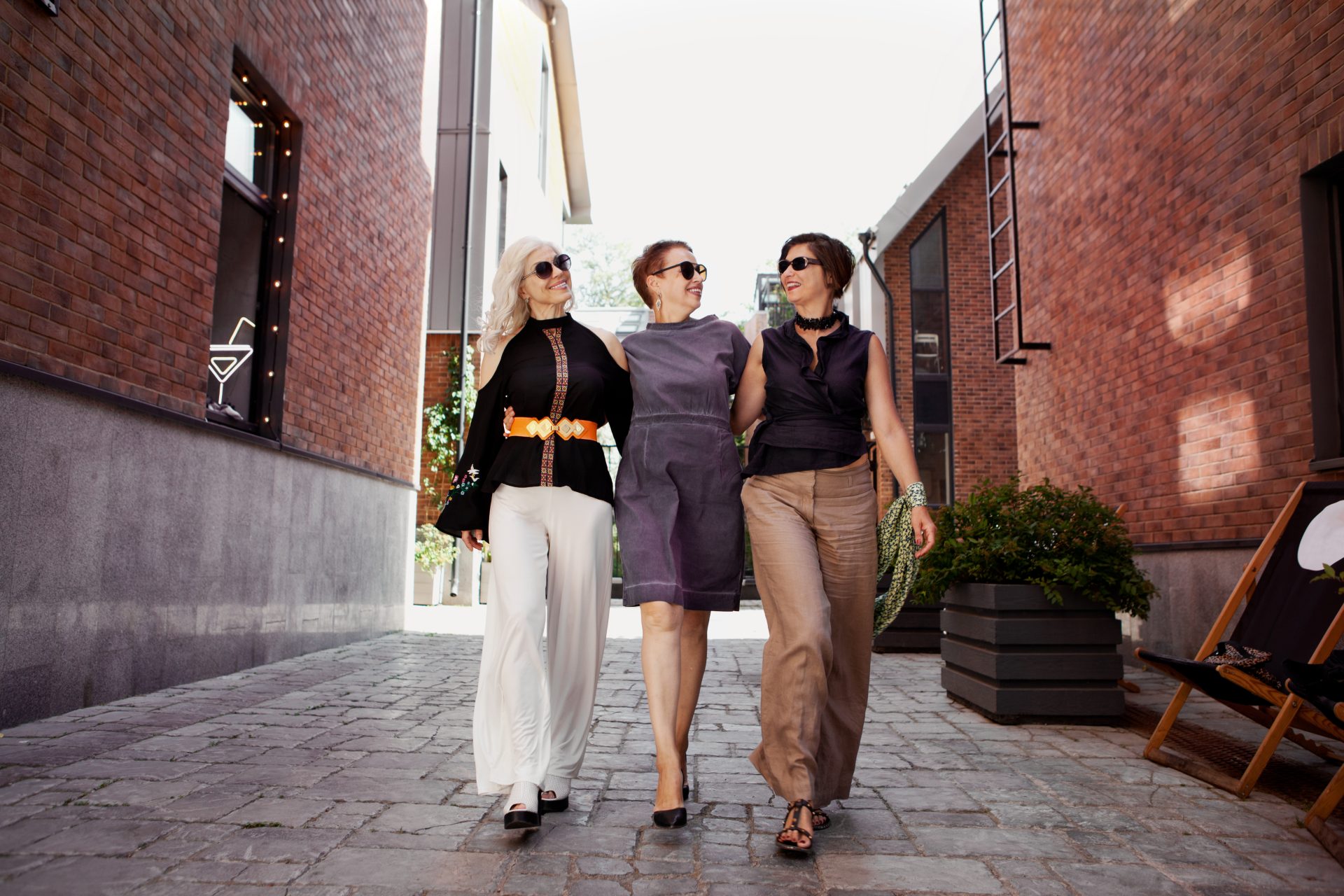
The brand is something of a secret, with such a smart name that I won’t spoil it by mentioning it here. The space, an industrial-type venue with reclaimed wood and eco-design accents, was itself a part of the Chicago fashion story. As I sipped a drink that was almost certainly organic, I marveled at the collection, which was clearly inspired by both Chicago’s architectural depth and street art.
One pair of pants—a “high-waisted culotte,” to be exact—caught my eye. It was made from upcycled denim, and I’d never seen anything like it before. What impressed me during these exchanges was the undeniable energy that sustainable fashion injects into the urban landscape.
There is, indeed, a shift toward sustainable design that is happening not in the shadows but out in the open, where everyone can see it and, hopefully, experience it. I sometimes think about this shift and what it might mean for my hometown of Los Angeles or an increasingly sustainable global society, and I can’t help but get excited. I see L.A.
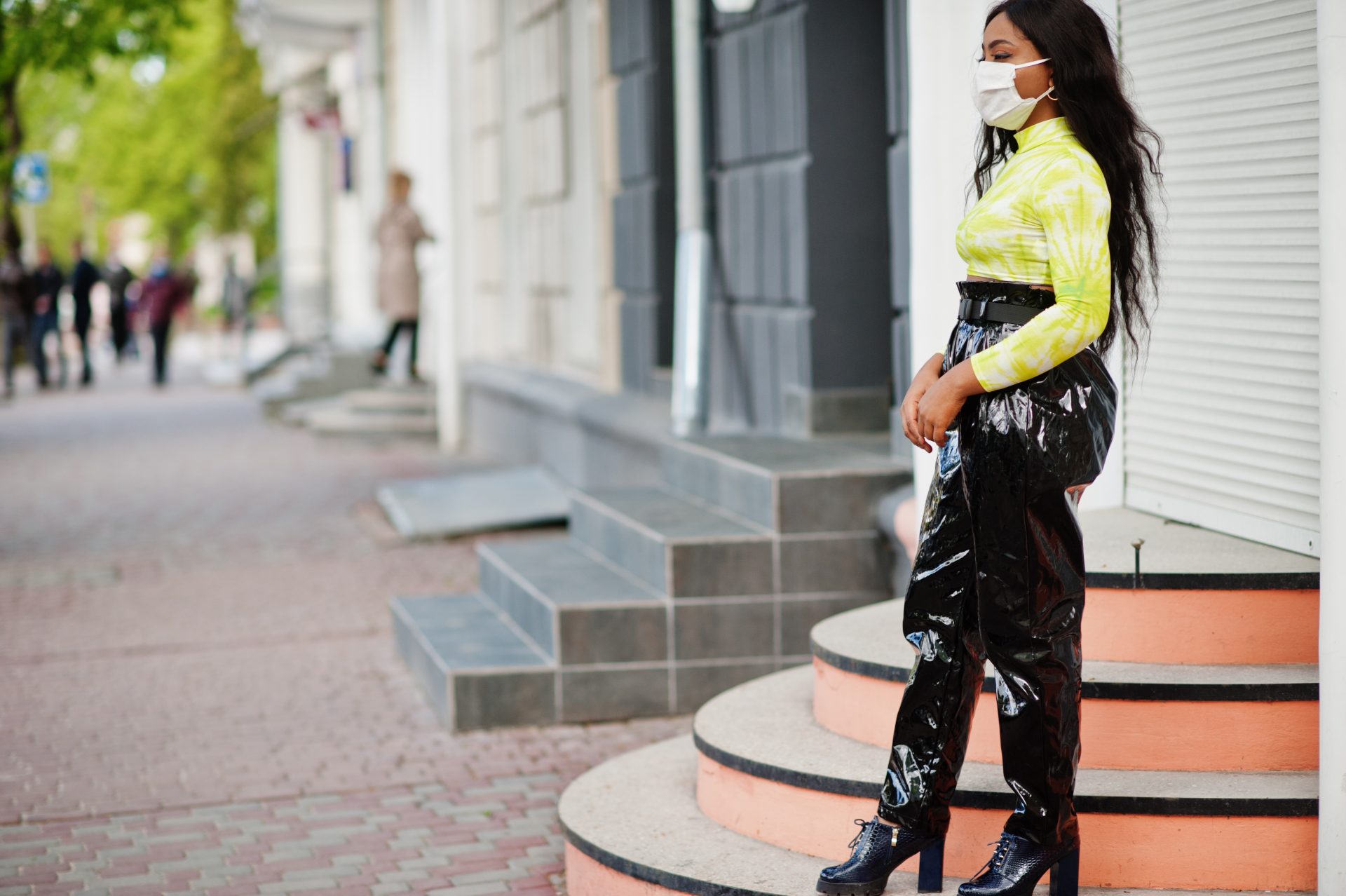
as a place on the very forefront of this movement, and I’m happy to be part of it. Influencers, people I don’t even know on the street, and some of the folks I spend time with all seem to be wearing sustainable fashions now. In a recent dinner at a cool, eco-conscious restaurant in the East Village, I shared a meal with the owner of a small, sustainable fashion brand.
She had just returned from a photo shoot for the look book to accompany the next collection, which is going to drop in a couple of weeks. The shoot was done in a space that adjoined the workspace for some artisans who are paid fair wages and work under decent conditions making the collection you’re going to see real soon. Once the meal was finished, and enough potted succulents and reclaimed wood had been admired, I asked the boutique owner a question: Is there any connection between fashion and the making of sustainable art?
She laughed and told me that was really two questions. She took the first one—about fashion, its connection to not making art that turns the world into a place where it will be unpleasant to live—and she ran with it. One specific moment that encapsulates this ethos occurred during Fashion Revolution Week.

I attended a vibrant community event in a converted industrial loft in downtown Chicago, where designers, activists, and consumers gathered to celebrate transparency and innovation in fashion. In the lively atmosphere, I met a textile conservator turned designer. She demonstrated how traditional printing methods can be reimagined with modern technology.
The workshop was part of the revolution—that every detail matters when visually captivating something with sustainability in mind. These moments—whether at main stage industry events or quiet local meet-ups—have shown me the evolution of eco-chic from an ideal to a reality. The streets of New York, Los Angeles, and Chicago, are dotted with folks who have made the choice to invest in not just attractive, but also ethically made textiles.
And if I may say so, I have a hunch that you would soon be able to tell if you were to walk those same streets, as the momentums of these spaces and the aesthetics they offer make it a closely held (even secret) invitation into the eco-chic community. In SoHo and Bushwick, as much as in Lincoln Park, those with the makeshift stage of “friends in high places” to speak on behalf of their murky supply chains could only dream of an invitation to either of these events (regardless of their price tags). The fast-paced fashion world is still experiencing a kind of environmental responsibility that is forcing reinvention and creativity.
Designers who used to occupy the no-costs-ignored region of the fashion industry are now center stage, proving that responsibly made clothes can also be high style and that, indeed, the future of fashion is ethically made. And this is not just an isolated set of examples: All kinds of fashion brands are finding Earth-friendly ways to work, and my traversing the urban landscape is allowing me to see examples all around. Here are a few that I’ve recently encountered, followed by the brands that inspire and employ what we can think of as the upcycle idea.
Sustainable fashion is both a personal choice and a cultural necessity. Its emergent challenge—to rethink our relationship with the garments we wear—has transformed it from a niche-critiquing art form into one with mainstream allure. Much of the art of this moment lies in the ability of designers to blaze new paths that fuse form and function, creativity and conscience.
The upcycled blazer you might wear to your next big meeting, or the striking gown made from reclaimed materials that you might don at a next-to-last-leg fundraiser for your friend’s cancer research initiative, comes with a choice narrative—that the pieces you wear can be emblematic.
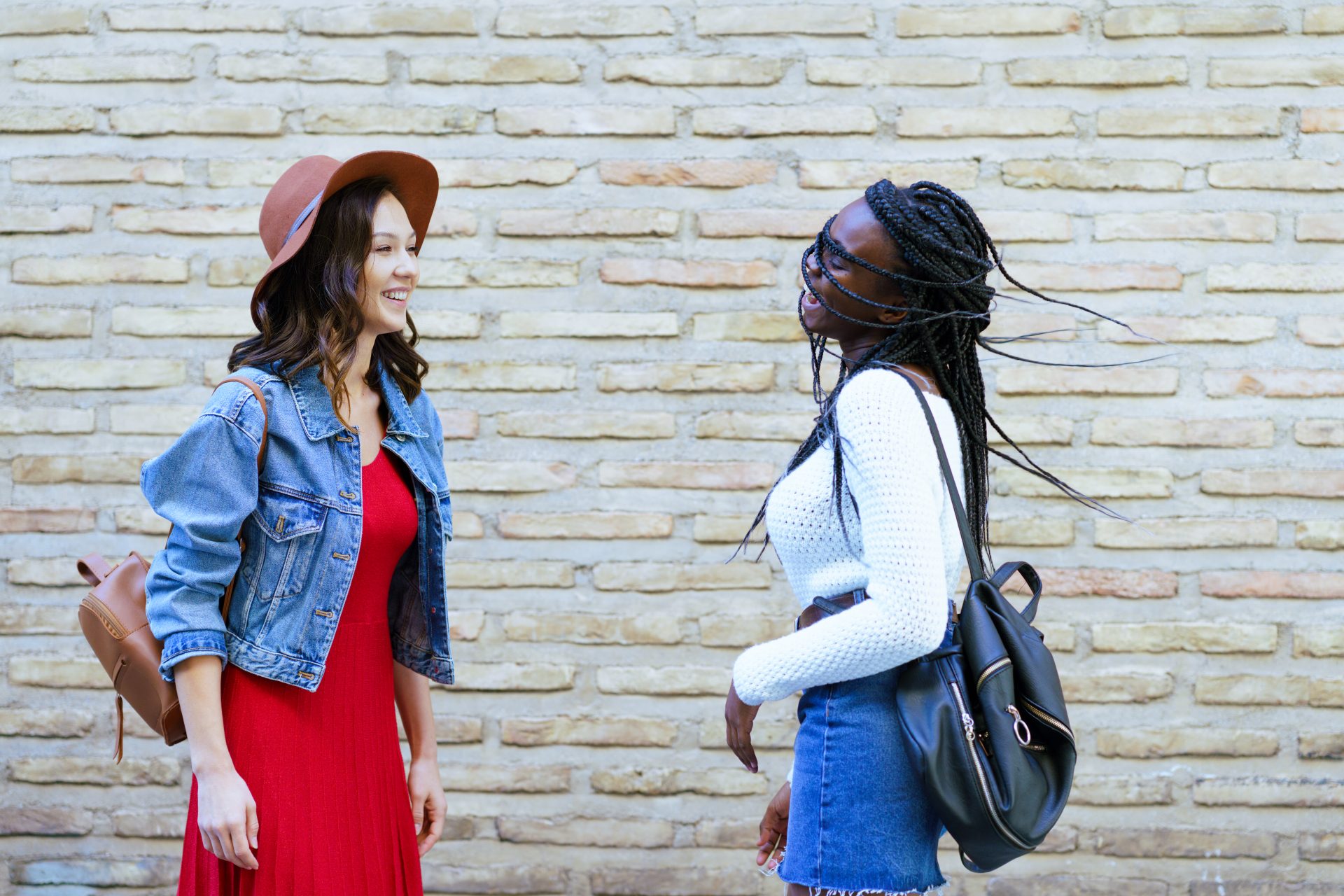
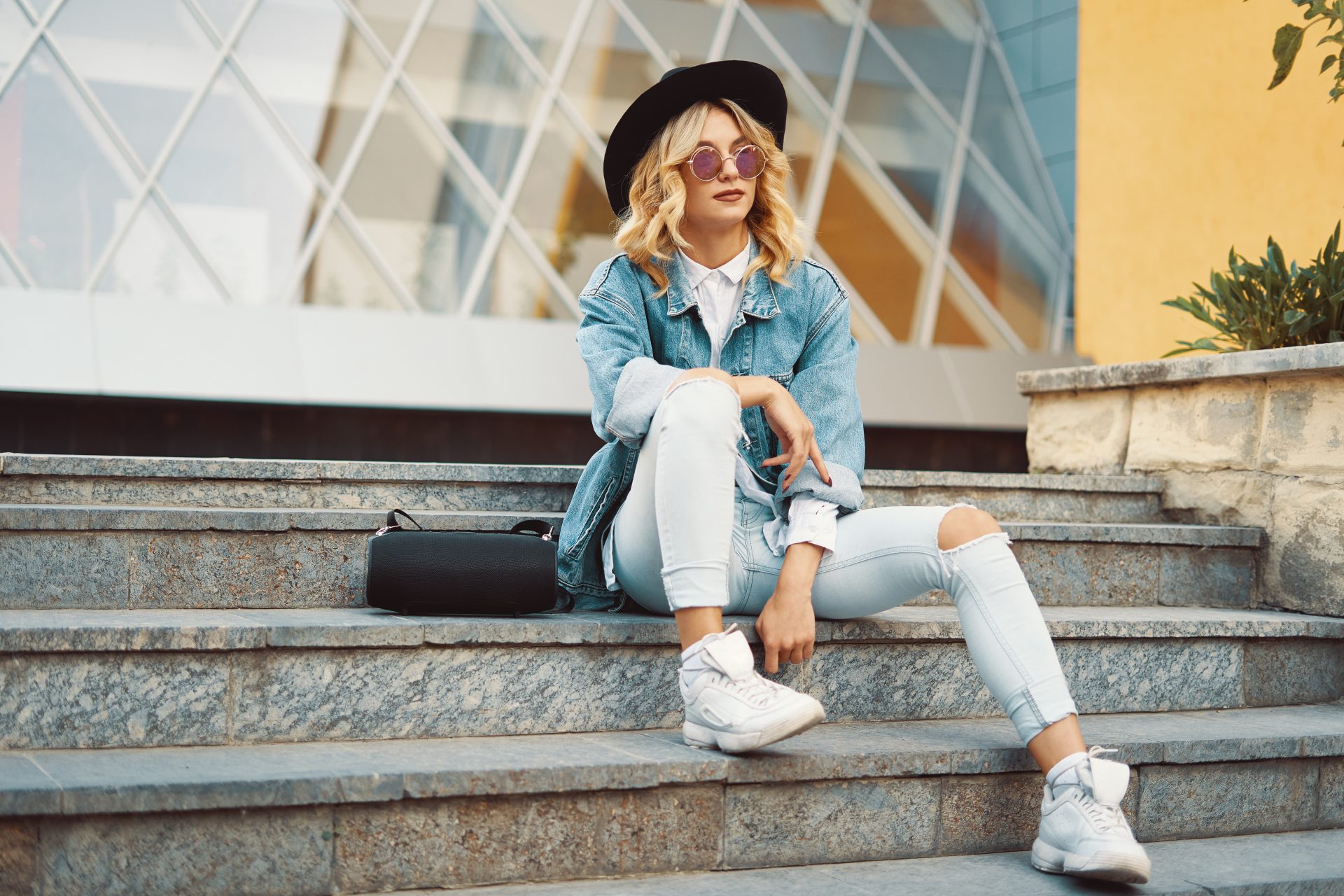
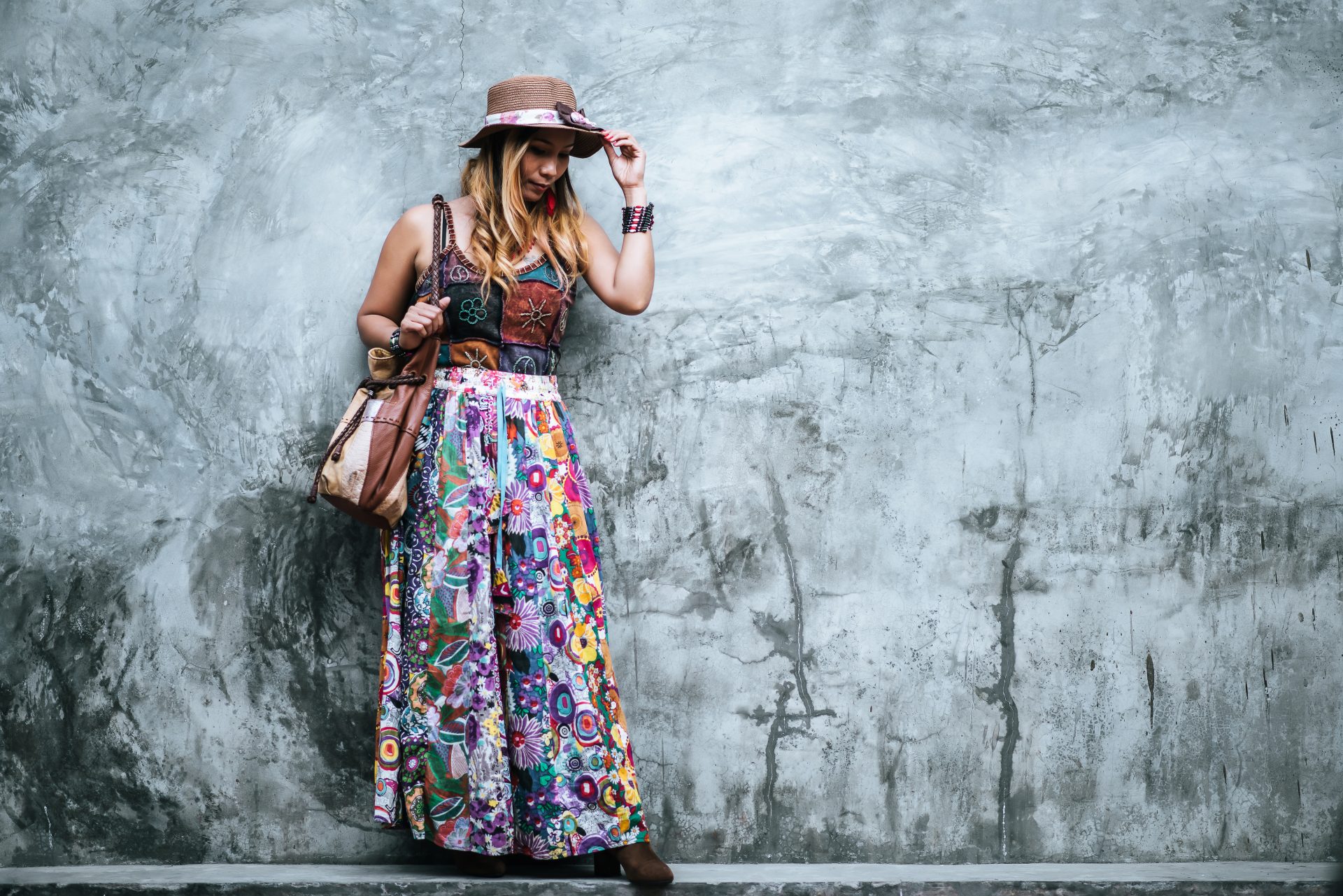
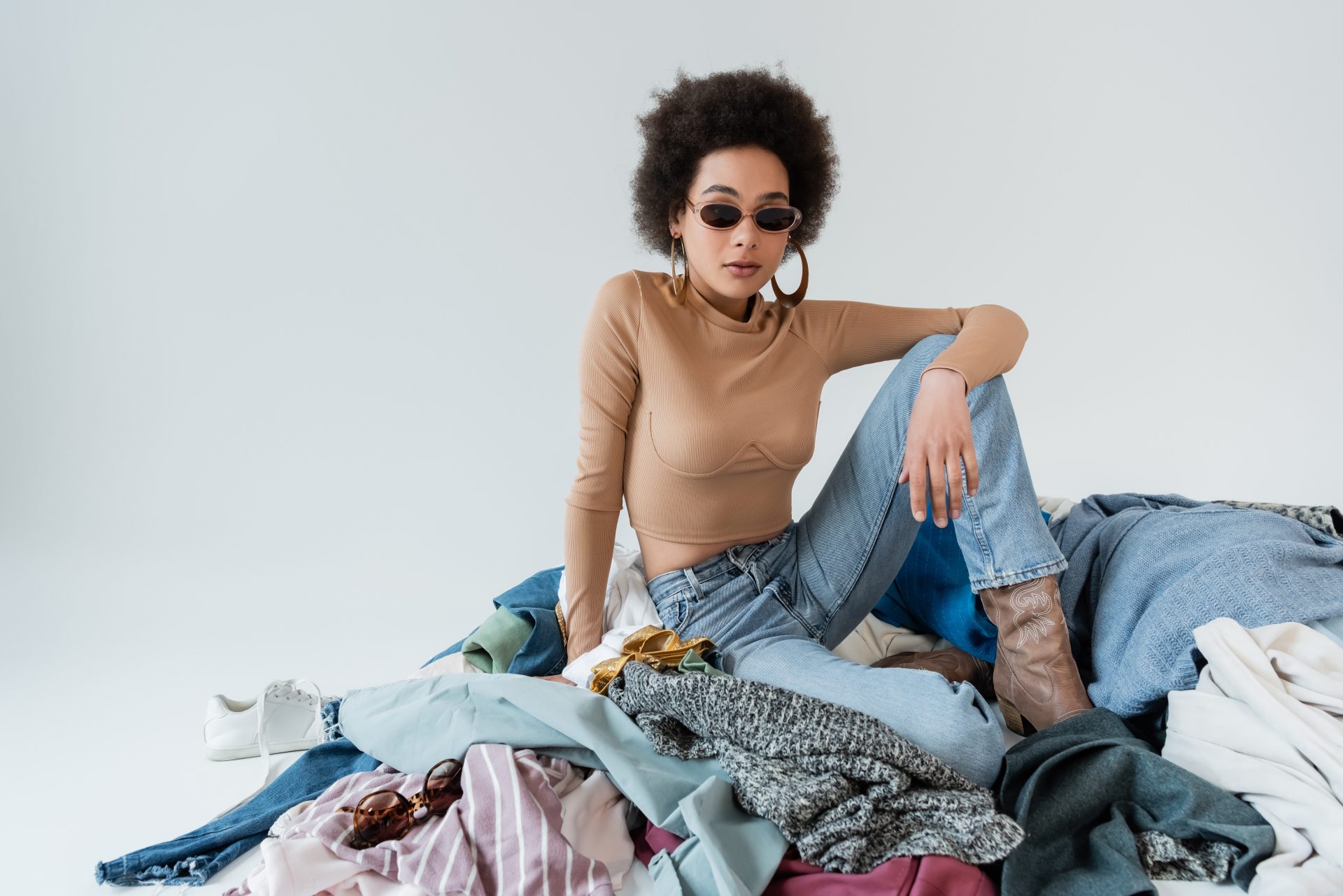
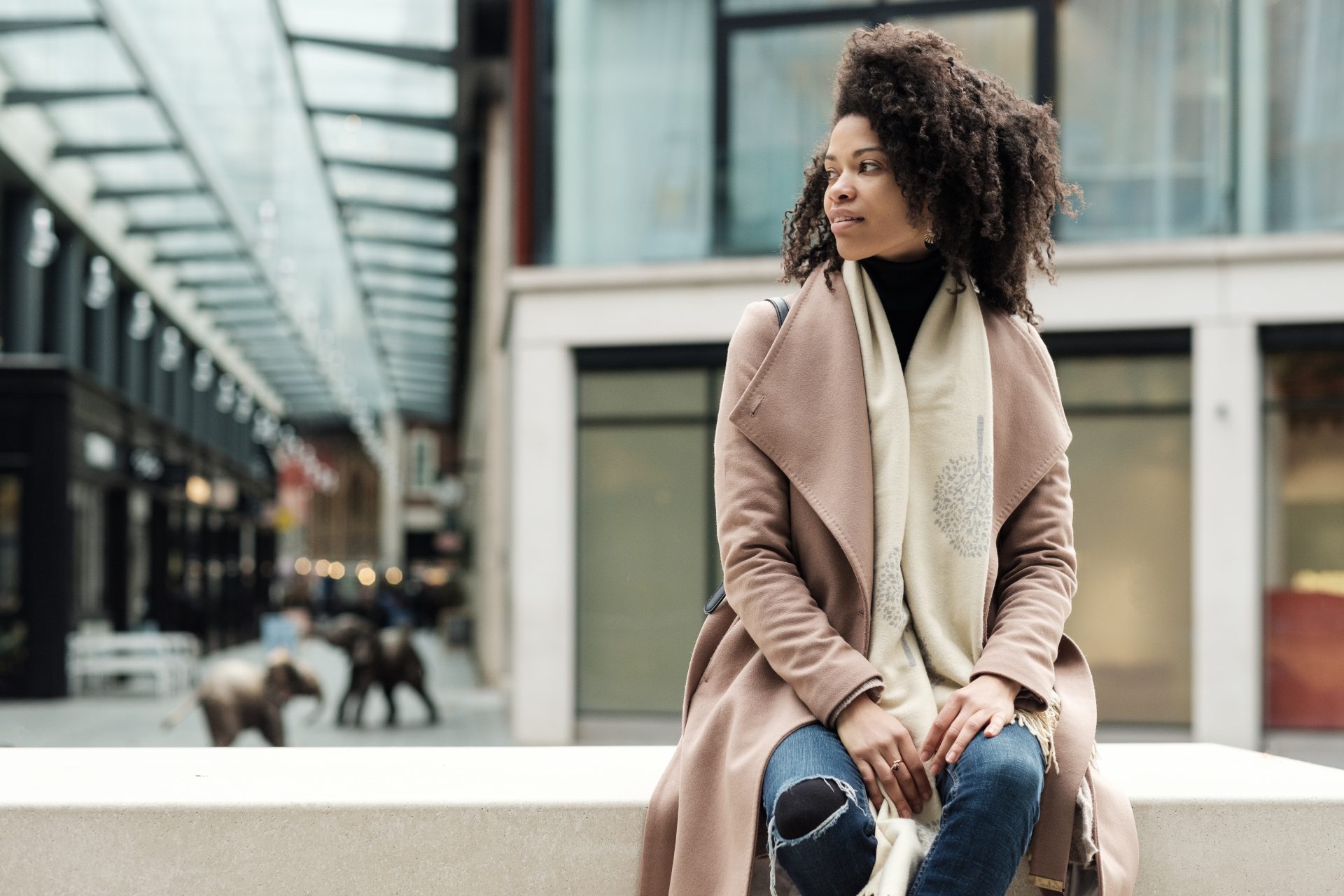


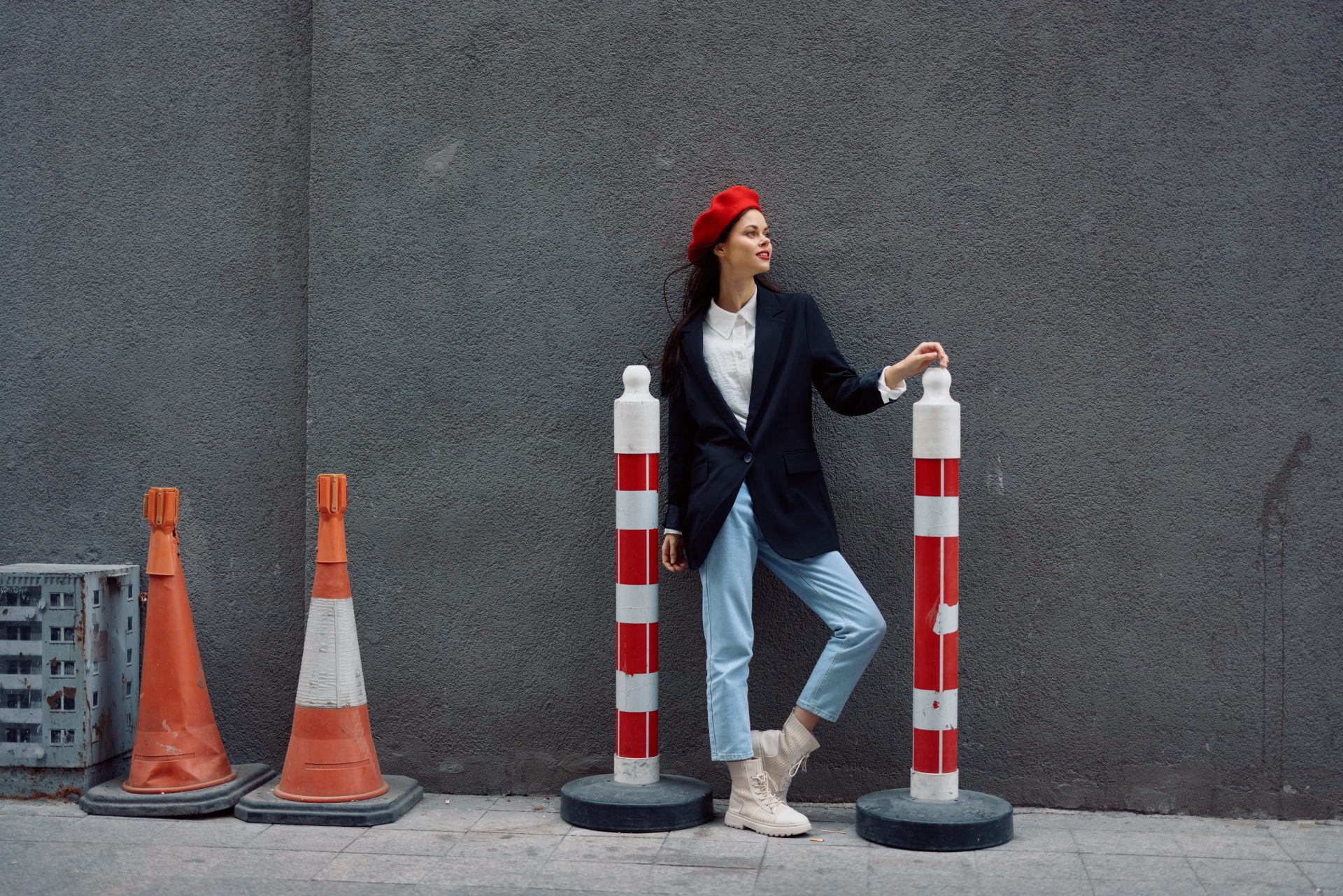
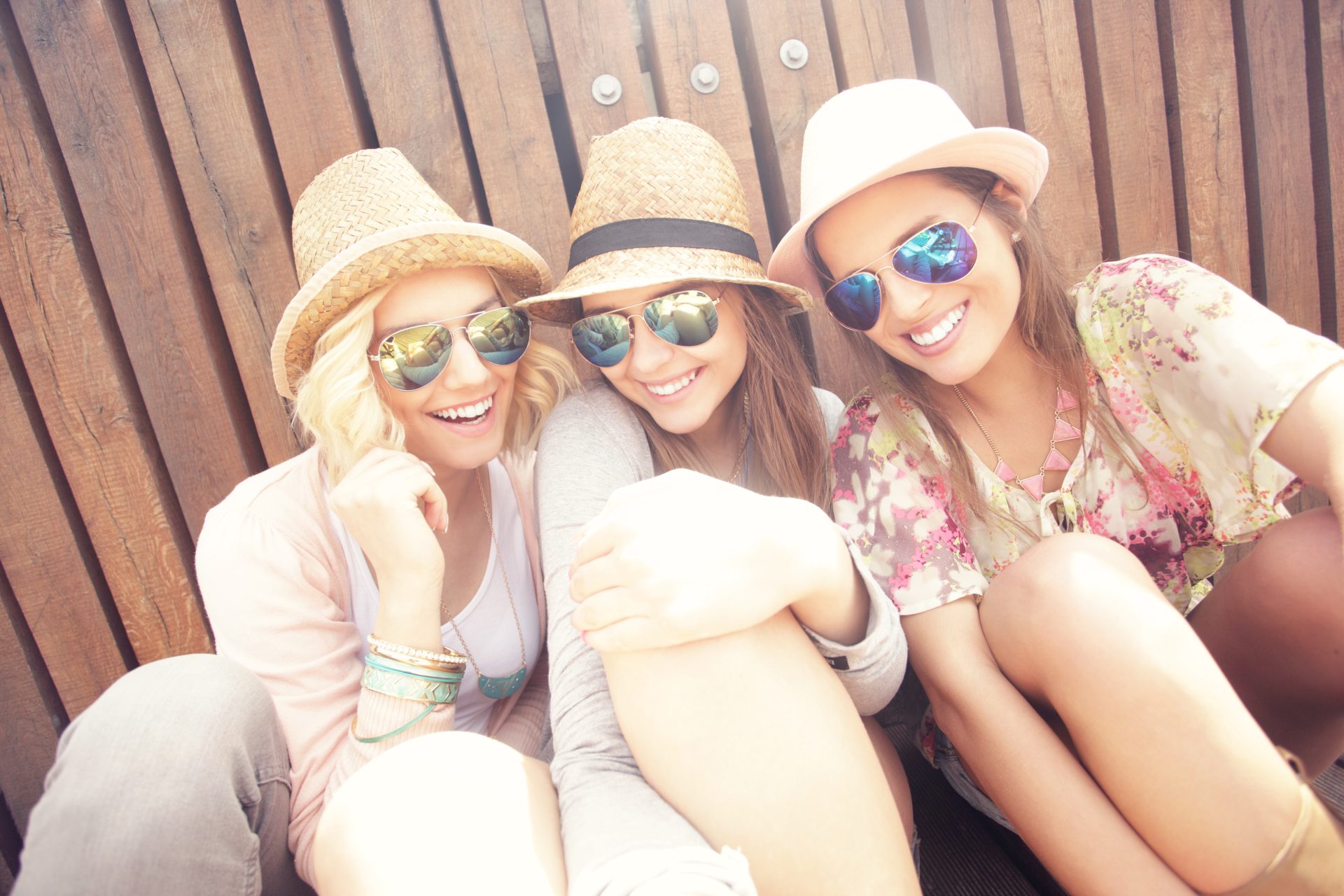
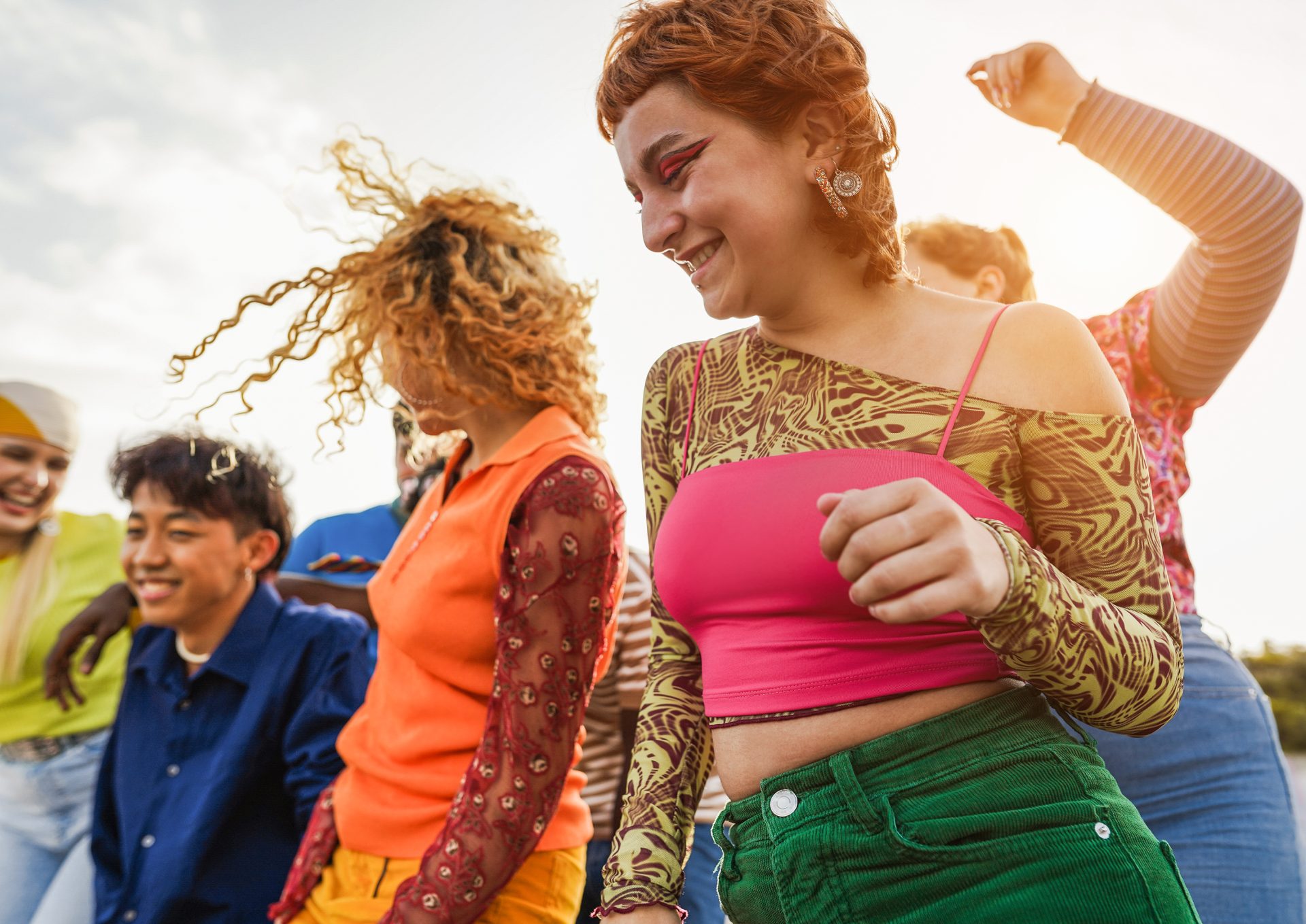
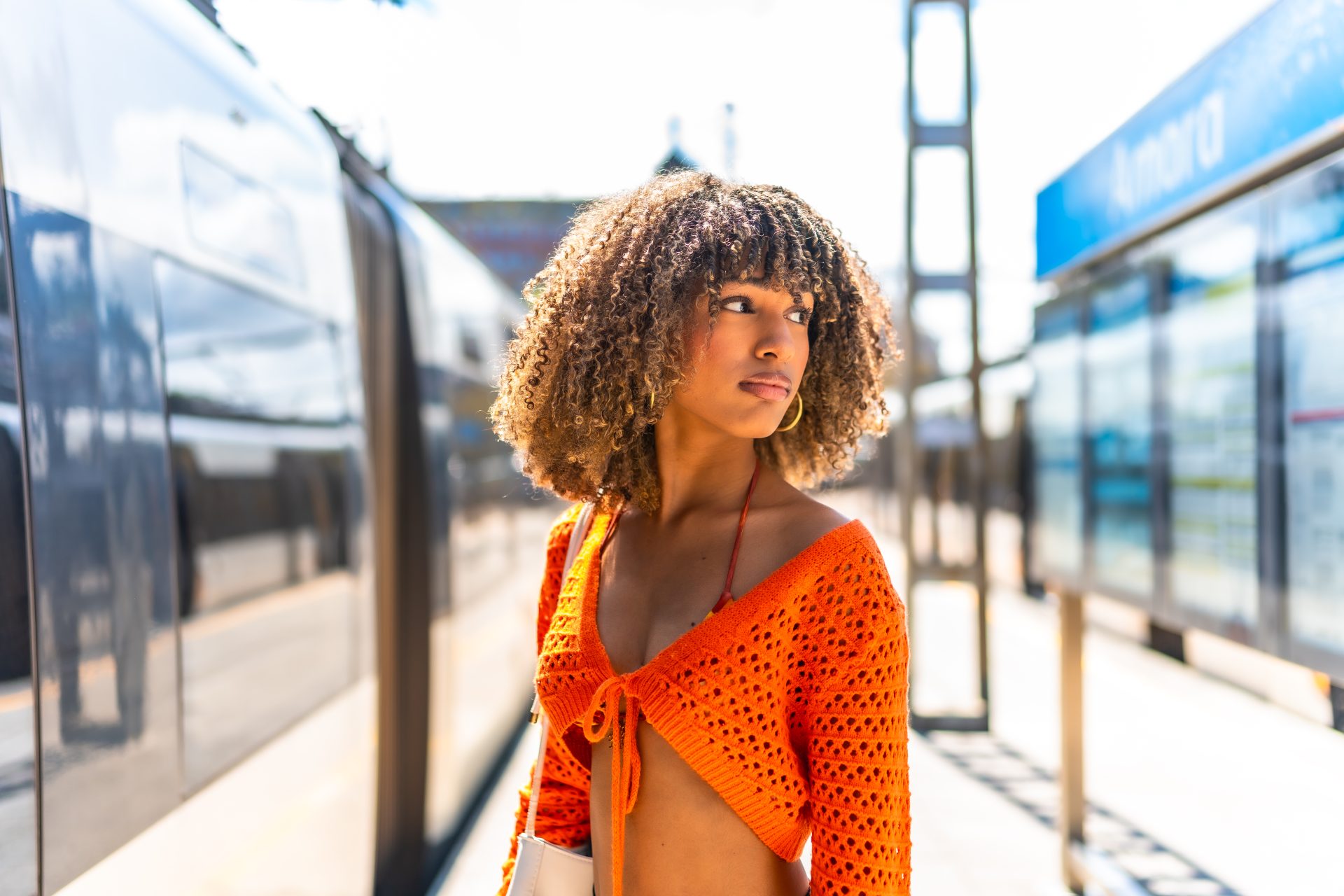
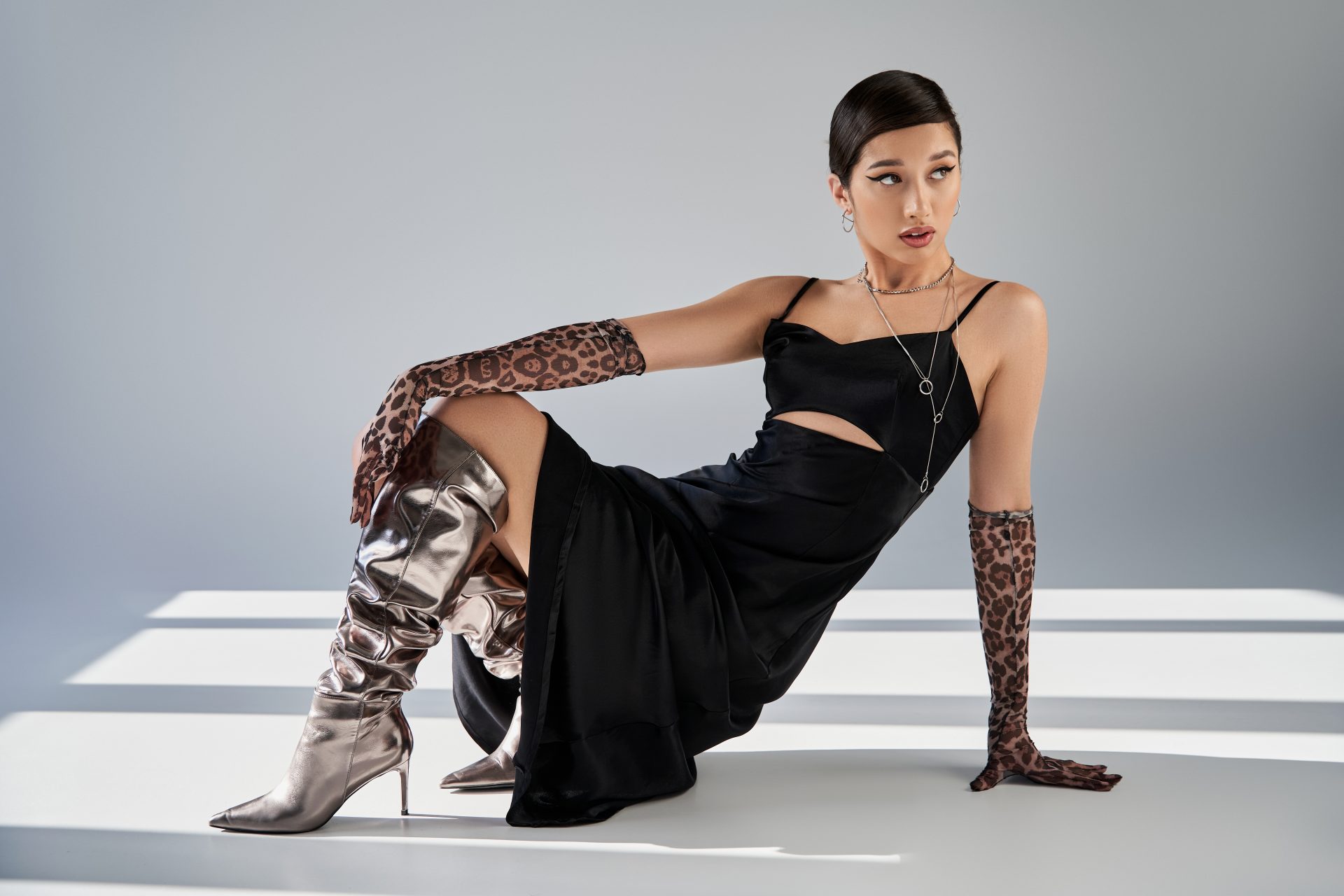
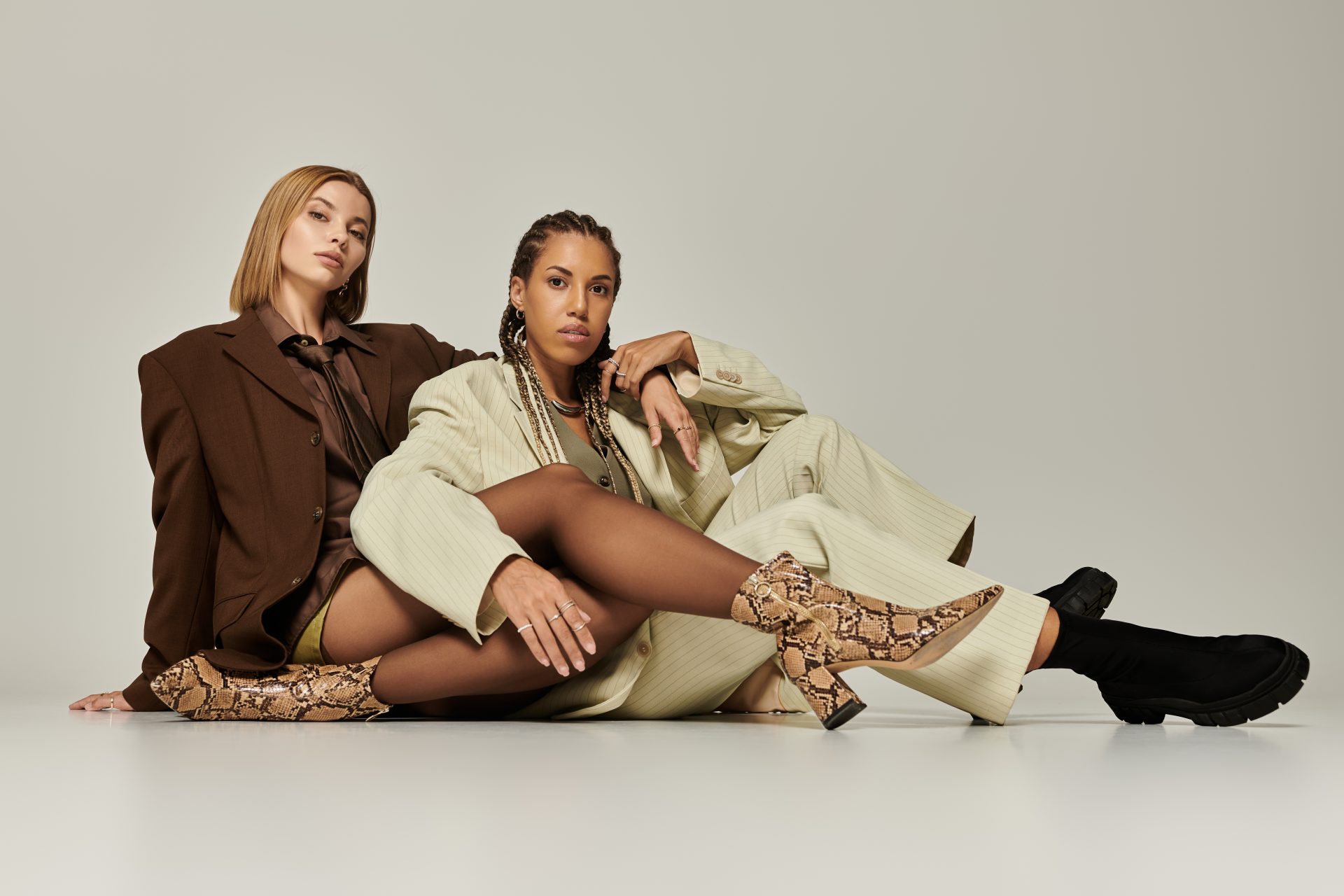
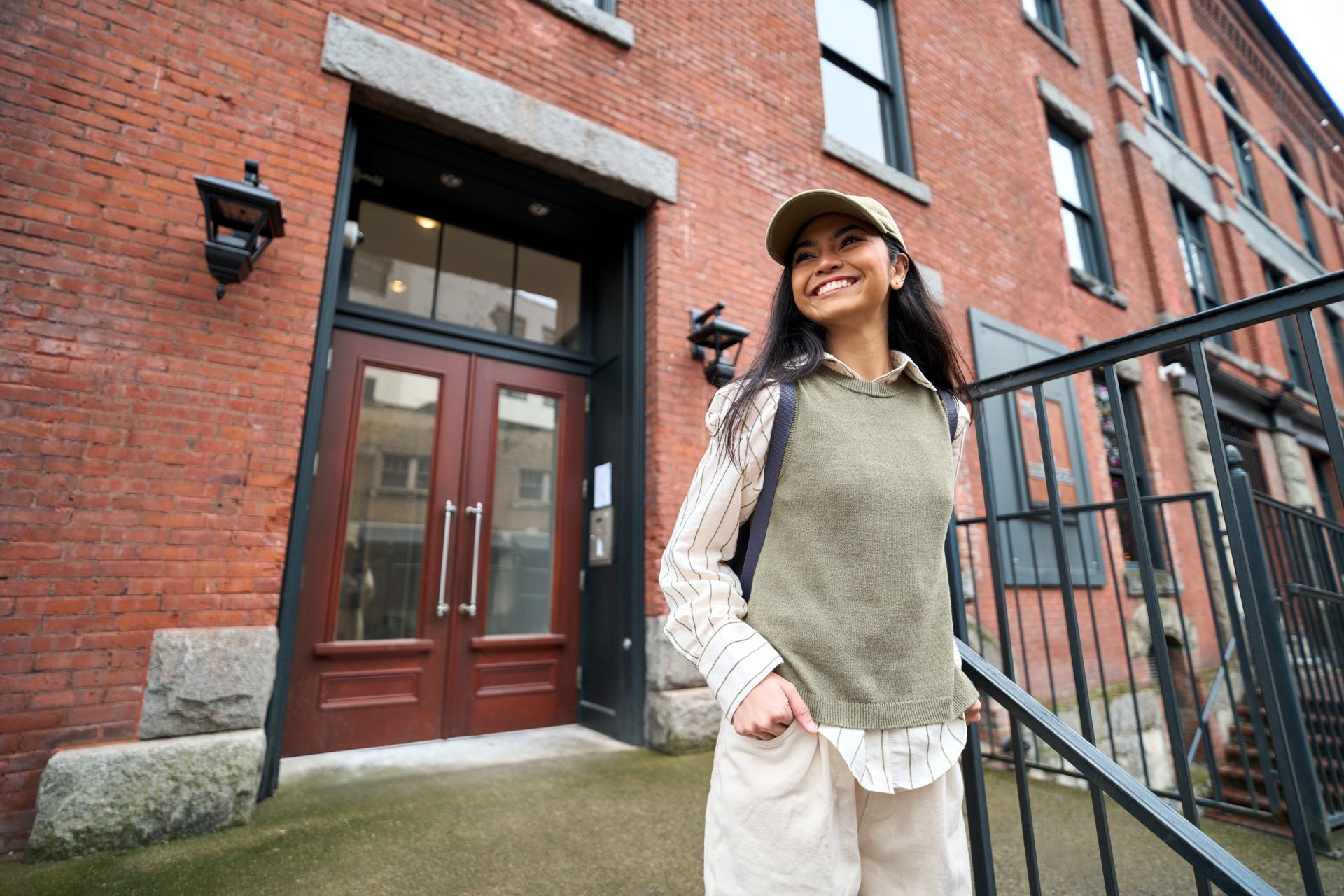

0 Comments